The Indian Air Force is attempting to maintain its fighter squadron strength as its fleet faces the progressive phase-out of existing planes as well as delays in the acquisition and procurement of new jets. It also has high hopes for indigenously made aircraft. In comparison to the sanctioned strength of 42 fighter squadrons, we are now at 31 squadrons, which will not increase in the next decade and may even decrease by 2029, according to a report tabled in Parliament last month by an Indian Air Force (IAF) representative.
As far as going from 31 to 42 squadrons we don’t know when it can be accomplished. Stressing the fact that they have been striving to go forward for many years, but certain procedures must be followed. If what has been ordered is delivered, and the case for 114 Multi-Role Fighter Aircraft (MRFA) has developed, we can have between 29 and 31 squadrons by 2030, the IAF representative stated, stressing that it will not fall below that number.
Orders And Phase-Outs
It should be mentioned that the three MiG-21 squadrons will gradually be phased out of the current 31 squadrons by 2025. By the end of the decade, the Jaguar, Mirage-2000, and Mig-29 will also start to be retired. For instance, the first MiG-29s, introduced in the late 1980s, will begin to retire by 2027–2028, and part of the initial batch of Su-30s will also begin to retire by the early 2040s when the majority of these types will be phased out.
Overall, the IAF has purchased 272 Su-30MKI aircraft. A plan to purchase 21 more MIG-29s and 12 more Sukhoi Su-30MKIs from Russia to replace those lost in accidents has stalled, despite claims to the contrary from both IAF and Russian authorities. Over 500 fighter jets will be purchased by India as part of an ambitious plan, the majority of which will be produced and designed domestically for the IAF. These, however, are in a variety of developmental stages. Their production and prompt deliveries are essential. IAF Chief Air Chief Marshal V R. Chaudhari acknowledged during an event in October 2022 that even with the TEJAS MK-1A, TEJAS MK-2, and the MRFA, “we will still be at 35-36 (squadrons) by the middle of next decade.”
Aside from the expected new inductions, the IAF believes that boosting the low availability rates of Su-30 and other fighters in service will offset some of the shortage in the interim. However, this could be hampered by the Ukraine crisis, which has already impacted payments to Russia for ongoing projects as well as delays and uncertainties in the timely supply of replacements for in-service equipment.
Community of the Indian Fighter Jets
The indigenous jet development program’s fulcrum, the TEJAS, which was originally intended as a MiG-21 replacement, has endured a series of delays but is now back on track. In December 2013, the TEJAS received Initial Operational Clearance (IOC), and in February 2019, it received Final Operational Clearance (FOC). On March 31, 2006, the IAF inked a contract with Hindustan Aeronautics Limited (HAL) for 20 IOC configuration aircraft, including four IOC trainers, and on December 23, 2010, the IAF signed a deal with HAL for 20 FOC version jets, including four trainers. The IAF spokesperson stated that they were meant to receive the 40 TEJAS from HAL much earlier, but they are now receiving them. Even now, we are two planes short of 40, according to the spokesperson.
Also read: What Is LCA Tejas Mark 2 Project? [Fully Explained]
In February 2020, two decades after the initial flight, the Defence Ministry announced a 48,000 crore order with HAL for 83 TEJAS MK-1A. According to HAL officials, the project is on target to begin deliveries in February 2024. According to the Defence Ministry, HAL would deliver the first three aircraft in 2024, followed by 16 aircraft every year for the next five years. HAL opened the third TEJAS assembly line last month, with the need now to increase production pace.
In terms of capability, the TEJAS MK-2 will be similar to the Mirage-2000 and will be a vital boost as numerous jets now in service begin to retire. A Twin Engine Deck Based Fighter (TEDBF) is also being developed for the Navy’s aircraft carriers. Dr. Deodhare stated that they are considering six TEJAS MK-2 squadrons, seven AMCA squadrons, and up to 100 TEDBF. HAL officials told Aero India that they expect another order for up to 50 TEJAS MK-1As. A squadron normally consists of 18 aircraft. The TEDBF is planned to fly for the first time in 2026 and be ready for production in 2031.
Navy Chief Adm R. Hari Kumar stated on the sidelines of Aero India that they may have up to 45 TEDBF by 2040. A decision on 26 carrier-based fighters for the Navy is likely soon, with competition between the Boeing F/A-18 E/F Super Hornet and the Dassault Aviation Rafale-M.
Also read: Twin Engine Deck-Based Fighters (TEDBF)
The MRFA is a resurrection of the former Medium Multi-Role Combat Aircraft (MMRCA) competition for 126 jets. The MMRCA began in 2007 with a Request for Information (RFI) and dragged on for a decade, eventually resulting in the emergency procurement of 36 Rafale planes, previously shortlisted under the MMRCA, in a €7.87 billion agreement with France. The Request for Information (RFI) for 114 MRFA was launched to global aircraft manufacturers in April 2019, but there has been no movement and the project has yet to receive the Acceptance of Necessity (AoN), the beginning point of the procurement procedure.
Development of TEJAS
While the TEJAS project experienced lengthy delays, it has also changed to meet evolving technology requirements. It was conceived in the 1990s, but what the IAF is flying today is substantially different from what was originally conceived. According to the IAF, what was originally envisioned and what we are flying now are two distinct architectures. “The one we’re using today is known as federated architecture.” If I may use the phrase, plug and fly. “You can easily integrate any new weapon or system now,” claimed an IAF representative.
Furthermore, the House panel was informed that, in terms of avionics, airframe, and other parts, we are quite close to where the world is, with the exception of some technologies, such as actuators, which are currently undergoing flight testing, according to the IAF. Furthermore, important technologies such as flyby wire are not shared and were created indigenously over time. The Air Force stated before the standing committee, “If we continue to buy them from the open market in the world, we will never become self-sufficient.” As a result, we must likewise encourage our own industry. We need to hold their hands, and the Air Force is dedicated to doing so.”
To crack the SSB Interview, You can join our SSB interview live classes batch and we recommend you to Enroll SSB INTERVIEW ONLINE COURSE. Trusted by thousands of defence aspirants.
Also Read:
- Everything You Need To Know About LCA Tejas
- All You Need To Know About Indian Air Force Fighter Aircraft
- All Fighter Aircraft Of India – How To Identify Them
- All About India’s 5th Generation Fighter Jet ‘AMCA’
- How HAL Combat Air Teaming System (CATS) Is Going To Help Indian Air Force?
- All Fighter Jet Acquisitions By The IAF


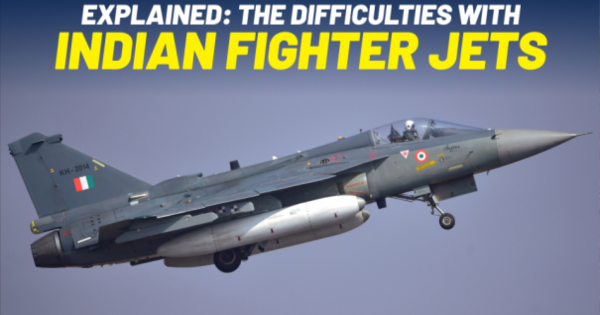
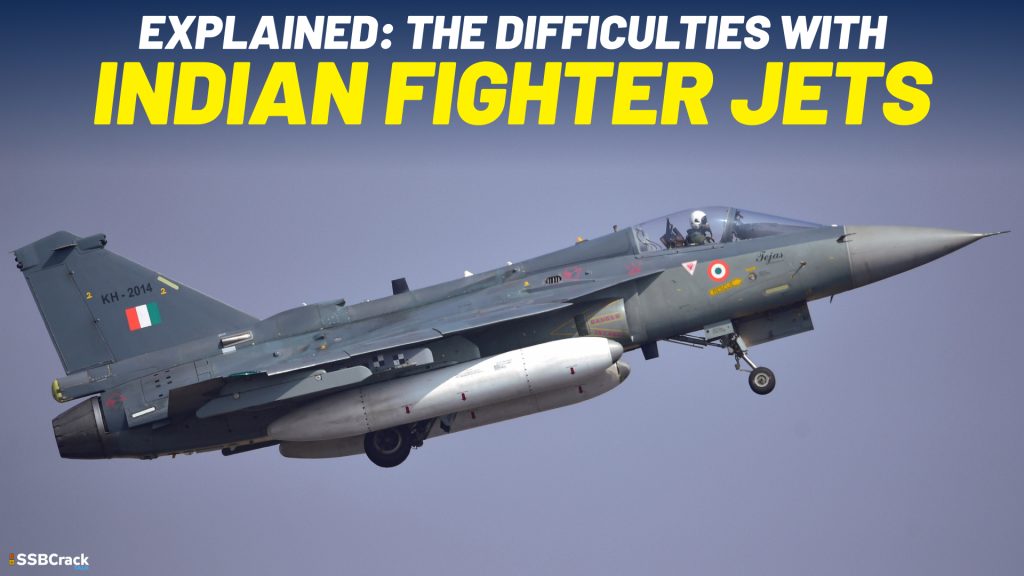

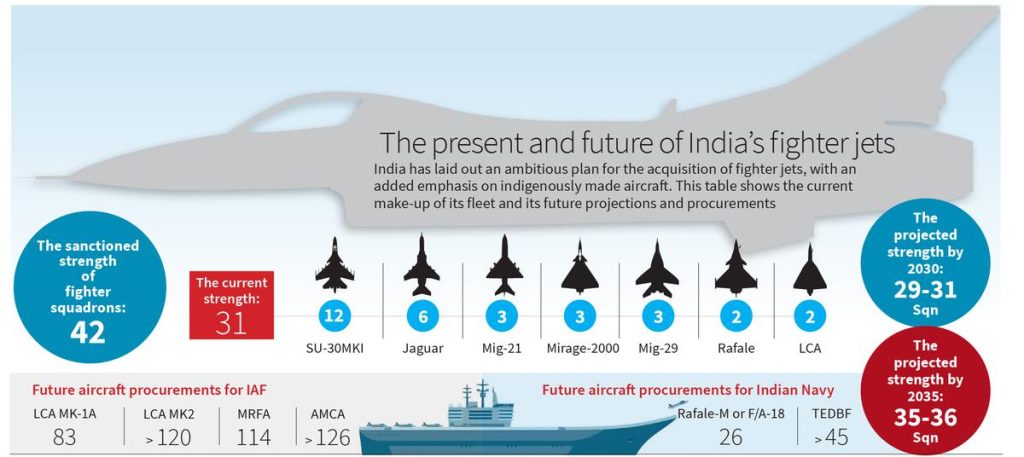

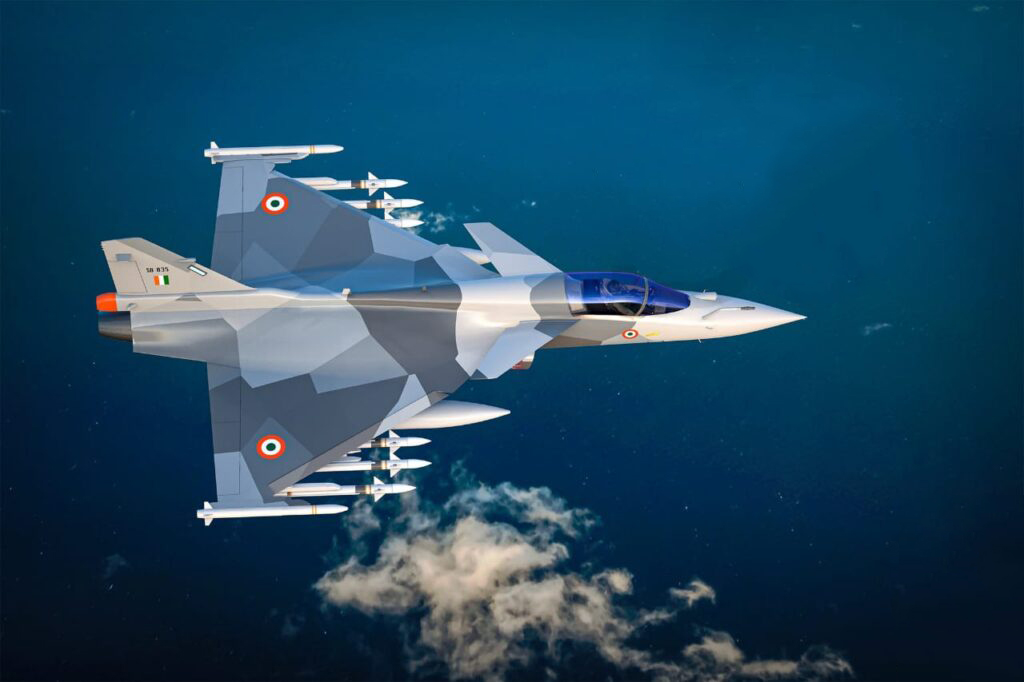

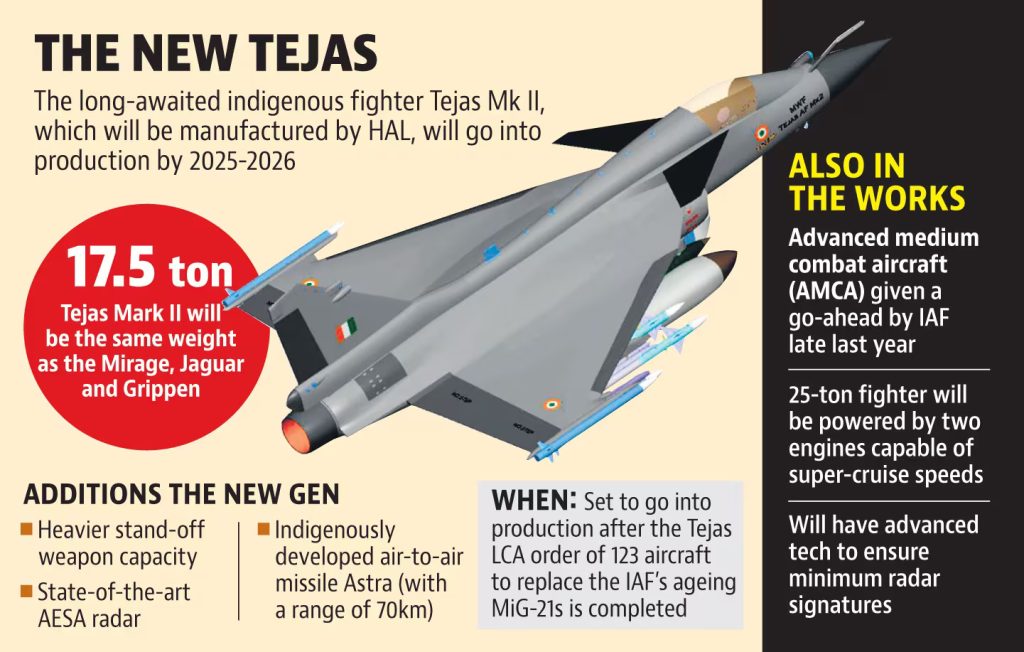
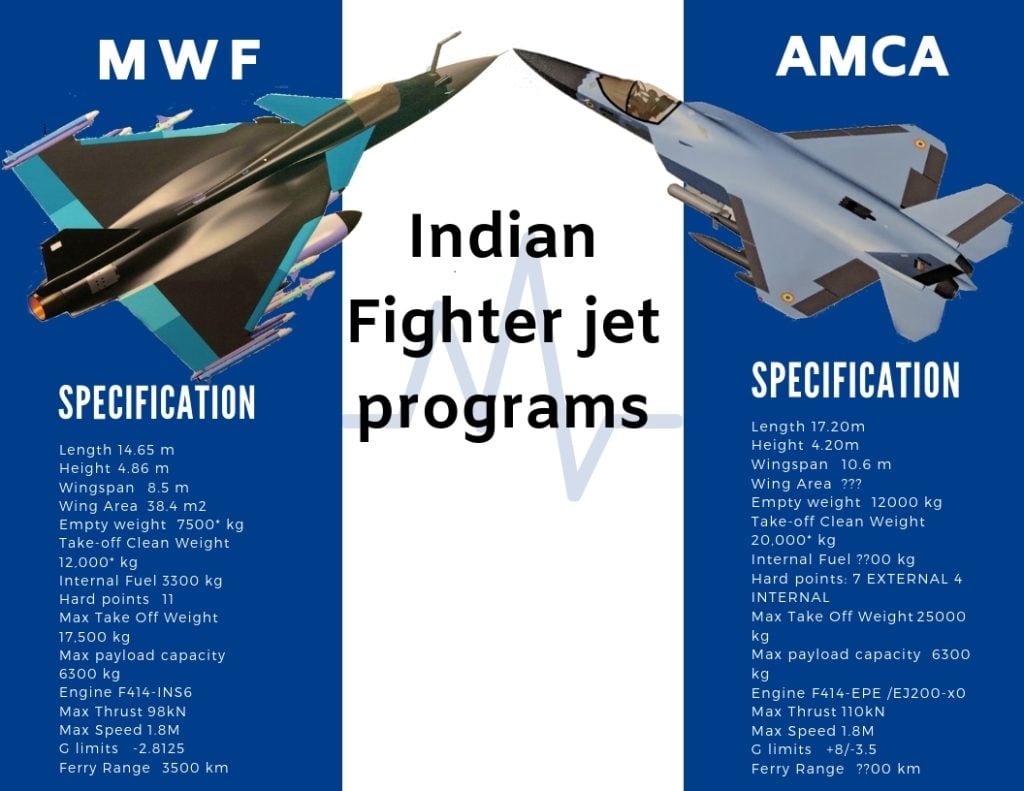
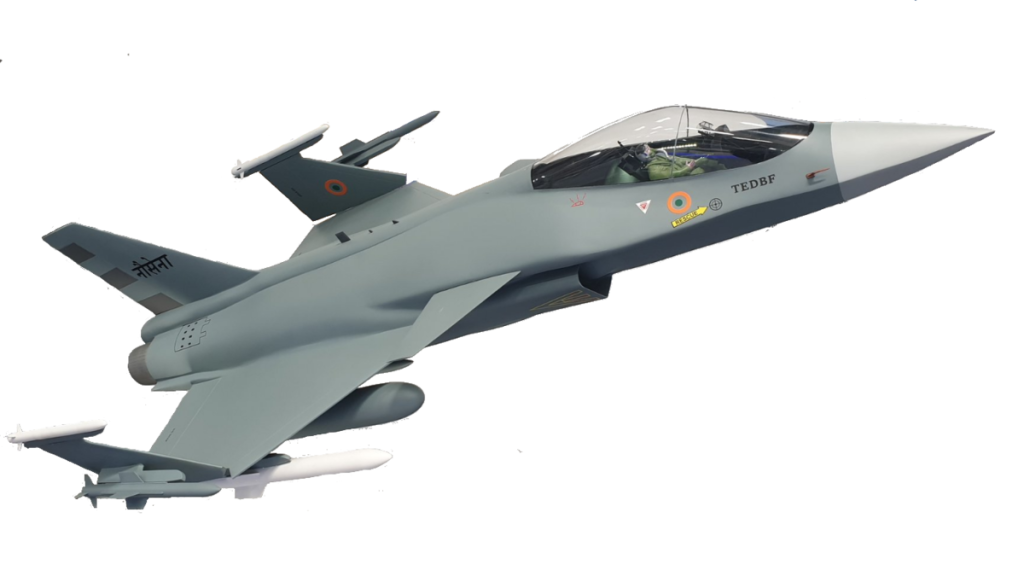

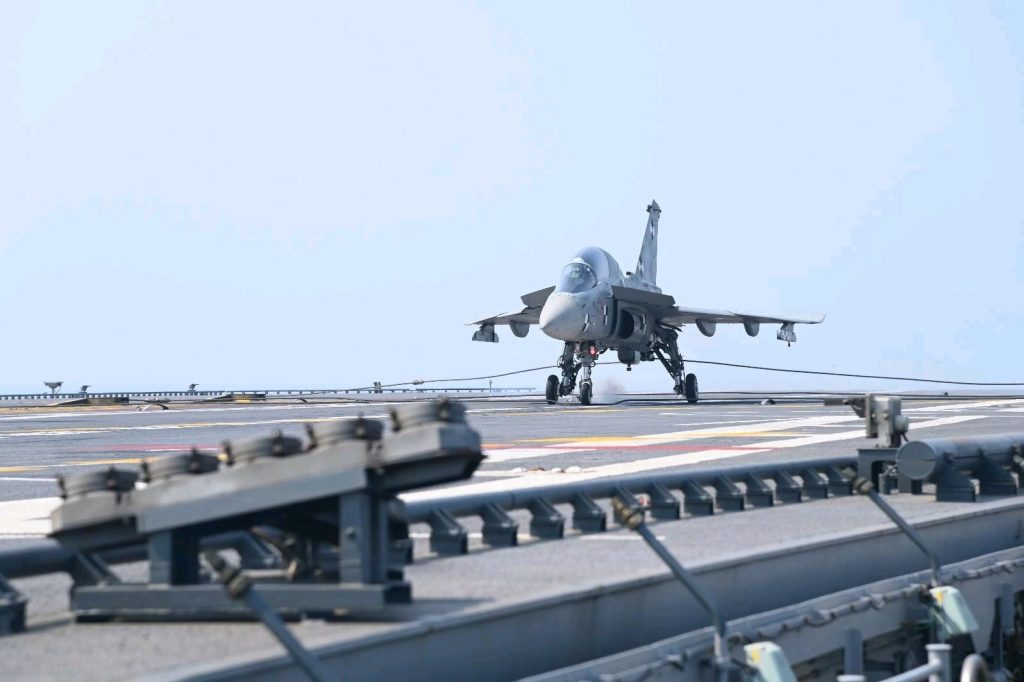


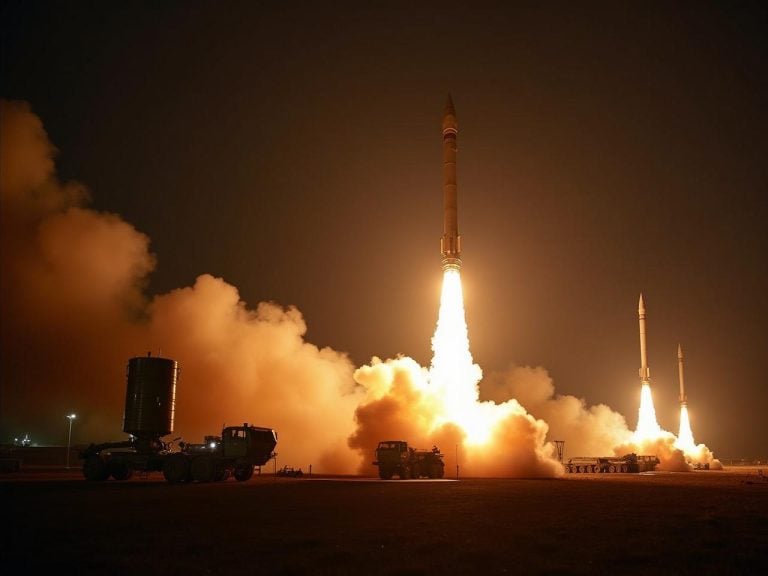
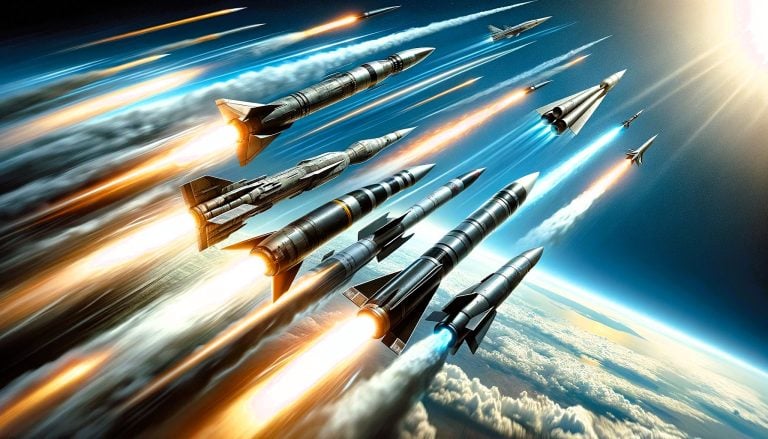
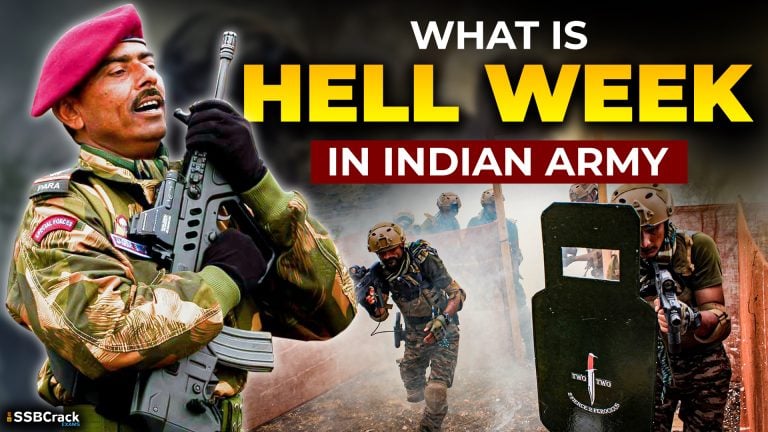

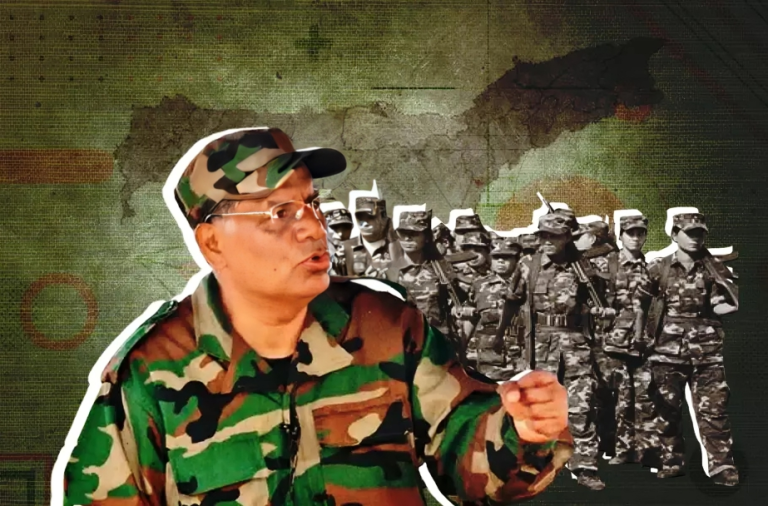
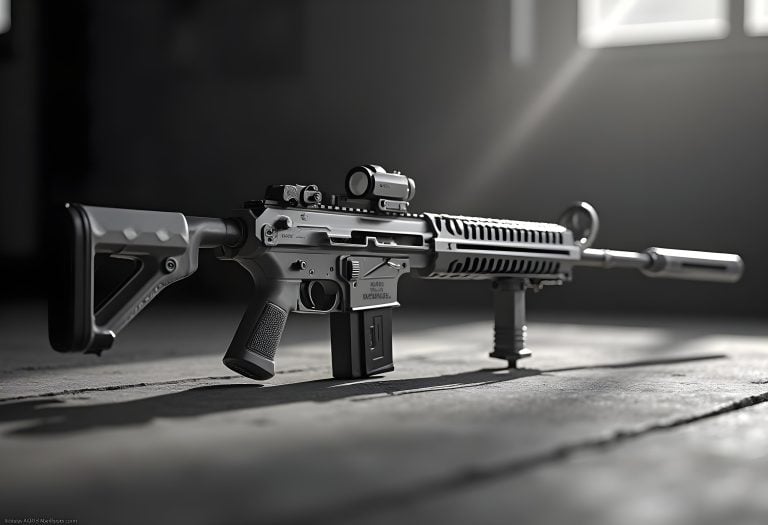

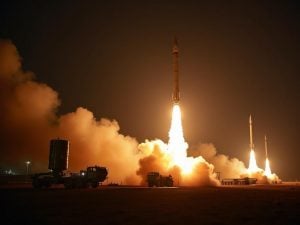

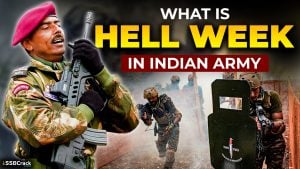


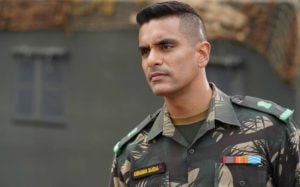
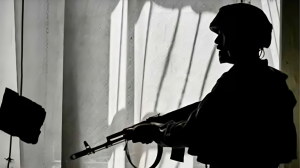
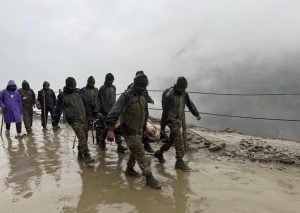


1 thought on “Explained: The Difficulties with Indian Fighter Jets”
Group captain Mr Shrivastava eurasiantimes reported that DRDO and HAL are incompetent to dashchtse rafale which is only fifth by strength and output of superior product. More future of the IAF or army is very blink to get insufficient and inefficient weaponry